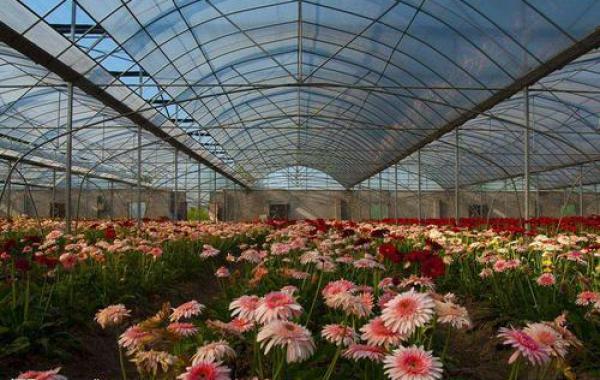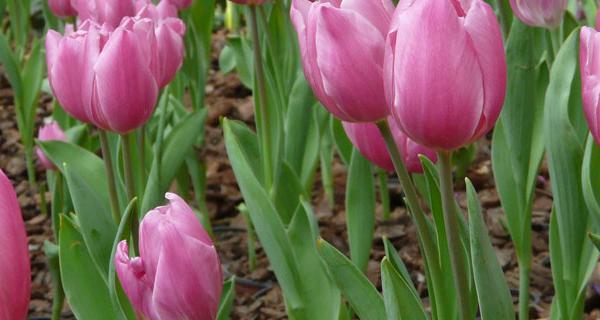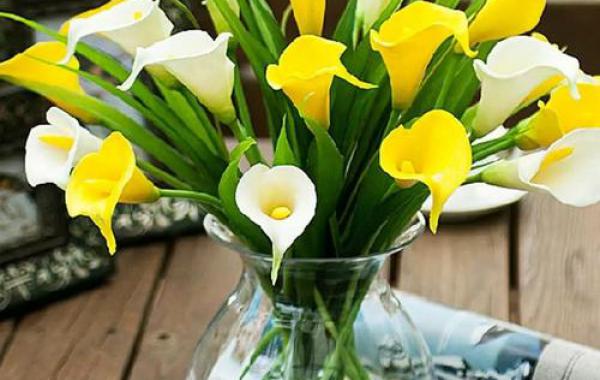What matters should be paid attention to when spraying pesticides on flowers in the greenhouse?

What matters should be paid attention to when spraying pesticides in greenhouse flowers.
In order to achieve the best control effect when spraying pesticides, some matters should be paid attention to during the spraying process.
I. Clean the shed before spraying
Before spraying pesticides to control diseases and insect pests, necessary cleaning should be carried out in the shed, and the diseased leaves and diseased plants should be cleaned up, such as anthrax and downy mildew, and the fallen leaves and other sundries should be cleaned out of the shed at the same time, so as to completely eliminate pathogens and prepare for improving the effect of pesticide use.
II. Prevention of personnel poisoning
Due to the poor air circulation in the greenhouse, sometimes closed operation is needed when spraying pesticides, which will cause the increase of pesticide concentration in the air in the shed in a short time. The personnel who spray pesticides should take preventive measures, such as wearing masks and protective clothing to prevent poisoning.
III. Management after spraying
It is best not to carry out production activities in the greenhouse for 1~2 days after spraying, mainly because the pesticide residue concentration in the shed is still relatively high within two days after spraying, and it is easy to cause physical discomfort if production activities are carried out inside. At the same time, two days after spraying is the best time for pesticide action. If production activities are carried out at this time, new germs will be introduced, which will affect the effect of sterilization and disease prevention. It is also worth noting that after spraying pesticides, if the flowers have not been sprinkled with water or irrigated, do not fertilize the flowers to prevent pesticide and fertilizer residues from causing double damage to the flowers, especially for herbaceous foliage flowers. If fertilization is required, fertilization should be carried out after spraying foliar water or irrigation of flowers.
It is best not to carry out production activities in the greenhouse for 1~2 days after spraying, mainly because the pesticide residue concentration in the shed is still relatively high within two days after spraying, and it is easy to cause physical discomfort if production activities are carried out inside.
I. Clean the shed before spraying
Before spraying pesticides to control diseases and insect pests, necessary cleaning should be carried out in the shed, and the diseased leaves and diseased plants should be cleaned up, such as anthrax and downy mildew, and the fallen leaves and other sundries should be cleaned out of the shed at the same time, so as to completely eliminate pathogens and prepare for improving the effect of pesticide use.
II. Prevention of personnel poisoning
Due to the poor air circulation in the greenhouse, sometimes closed operation is needed when spraying pesticides, which will cause the increase of pesticide concentration in the air in the shed in a short time. The personnel who spray pesticides should take preventive measures, such as wearing masks and protective clothing to prevent poisoning.
III. Management after spraying
At the same time, two days after spraying is the best time for pesticide action. If production activities are carried out at this time, new germs will be introduced, which will affect the effect of sterilization and disease prevention. It is also worth noting that after spraying pesticides, if the flowers have not been sprinkled with water or irrigated, do not fertilize the flowers to prevent pesticide and fertilizer residues from causing double damage to the flowers, especially for herbaceous foliage flowers. If fertilization is required, fertilization should be carried out after spraying foliar water or irrigation of flowers.
- Prev

If the flowers are burned by fertilizer, how can they be saved?
If the flowers are burned by fertilizer, how can they be saved?
- Next

How much do you know about pesticides that are not suitable for use in the flower growth stage?
How much do you know about pesticides that are not suitable for use in the flower growth stage?
Related
- What if the leaves of potted flowers turn yellow?
- Florescence Control of several Flowers
- Anti-freezing technology and post-freezing nursing technology of flowers
- What is the classification of flowers? What are the common methods of flower classification?
- Prevention and control of alkali and acid damage of flowers in courtyard
- Technology of Anti-freezing and restoring growth of Flower seedlings in greenhouse and greenhouse
- How does flower fertilization not hurt the root? Fertilization technology of flowers
- Key points of disinfection in flower greenhouse
- Several pesticides that are banned or used cautiously in flowers
- How to fertilize the flowers that watch the leaves?

